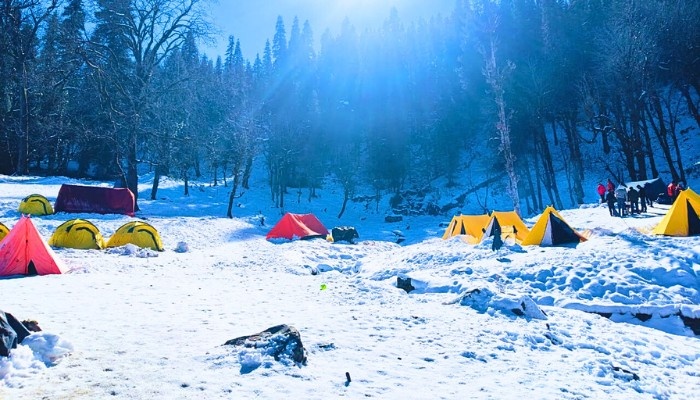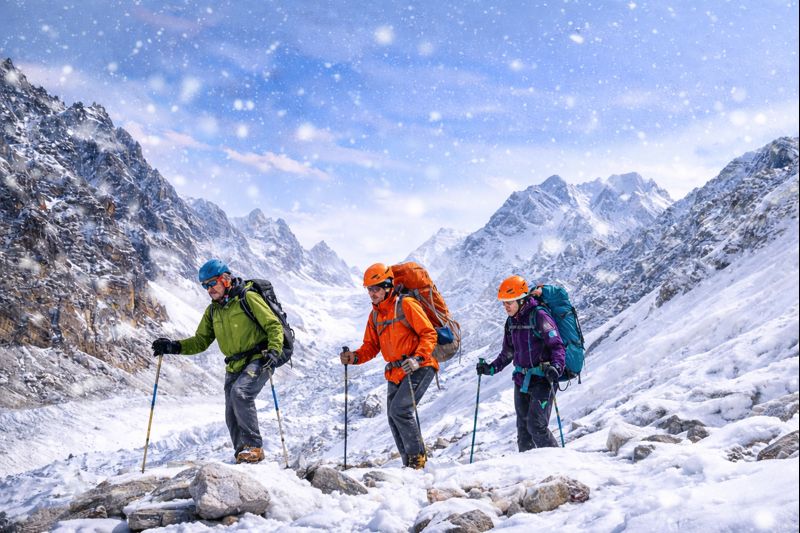
avalanche swift downhill snow movement :
An avalanche is an unstable mass of snow and ice that rapidly descends down a mountainside. While its occurrence is natural, human activities can also trigger it. Steep terrain, combined with factors like new snowfall and temperature shifts, contribute to these dangerous downhill movements that pose significant hazards to mountainous regions.

Types Of Avalanche
Slab Avalanche
The Fracture in the snowpack propagates rapidly with speeds of 80 and 200 km/h this causes the weak layer to collapse and the snow slab to slide
Loose Snow Avalanche
Loose snow avalanches, occurring as wet or dry variations, mainly unfold on highly inclined rocky landscapes. These events typically follow the accumulation of fresh snow and a notable rise in temperature. The interplay of these factors contributes to unstable conditions where the snowpack loses cohesion and readily gives way. The resultant downhill movement can pose substantial dangers to both natural environments and human activities situated in these hazardous zones, warranting vigilant monitoring and precautionary measures.
Powder Snow Avalanche
An amalgamation of diverse types, encompassing loose snow and slab avalanches. The lower segment comprises a compacted stratum of snow, ice, and air particles. Overlying this layer is a billowy mass of powdered snow, which, as it descends the slope, has the potential to accumulate momentum and escalate into a more substantial and hazardous avalanche, posing heightened risks to the surrounding terrain and structures.
Glide Avalanche
A glide avalanche is the sliding of an entire Snowpack or a large portion of it, often on a lubricated layer of snow. These avalanches usually start at a high point on the slope and can travel considerable distances.
Cornice Avalanche
Cornice avalanches result from wind-formed overhanging snow edges on steep terrain. These cornices amalgamate horizontally due to wind deposition. Such formations are prevalent on mountain slopes, particularly on the sheltered side, where accumulated snow undergoes this unique process, occasionally leading to avalanche risks
Icefall Avalanche
Contains snowflakes of varying sizes from tiny chunks of ice to boulder-sized chunks of ice
Essential Avalanche Rescue Equipment
Avalanche Victim Detector
These are small compact radios that are used to identify avalanche-prone locations. These transmit electromagnetic signals picked up by another transceiver on the receive mode.
Avalanche Rod
Avalanche rods are used by avalanche rescuers to probe avalanche debris and search for victims buried beneath it.
Air Bag
It keeps the climber afloat if caught in an avalanche
Avalanche Cord
The red rope which is attached to the person’s belt, the string has a red color which gives the red color to the snow and is visible from a distance which makes it easy for the rescue team to locate the victim
Precautions That You Should Follow For Your Safety Before Moving Out In Snow Bound Areas
- There should be no movement for 72 hours. if a foot or more of fresh snow has accumulated
- Never walk alone in an avalanche-prone area, you should always walk with a team
- If the team is roped to move forward, you must untie the rope before traversing an avalanche-prone slope
- Avalanche-prone slopes must be crossed one by one
- The route should be along the ridge line and avoid walking on cornices
- If caught in an avalanche, cover your mouth with a balaclava, the snow will not enter your mouth.
What to do if caught in an avalanche?
- Try to run out of the avalanche zone or in the direction of the avalanche flow
- Take cocoon position
- Cover your mouth and nose so you don’t suffocate yet
If Survivor
- Do not panic
- Mark last seen the point
- Send for help
- Quick search
- Search surface below last seen point
- Probing
- First Aid
- Evacuation
About Author

Himalaya Shelter
Recent news
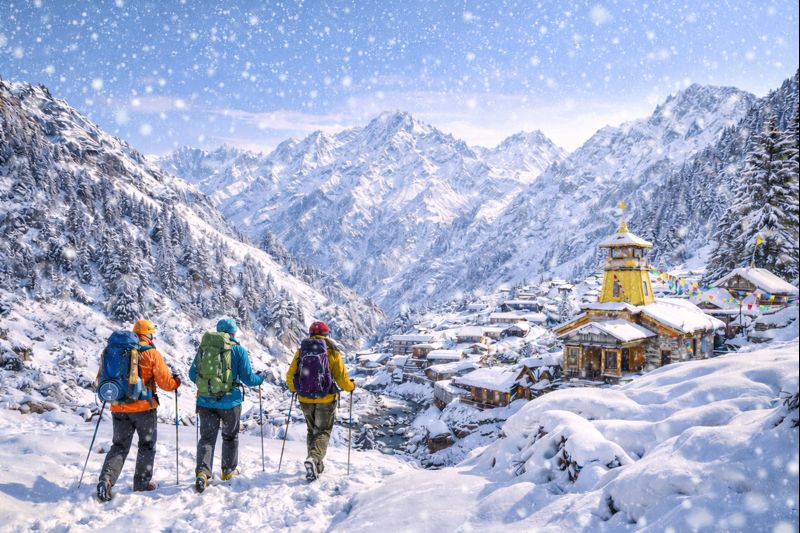
03 Jan 2026
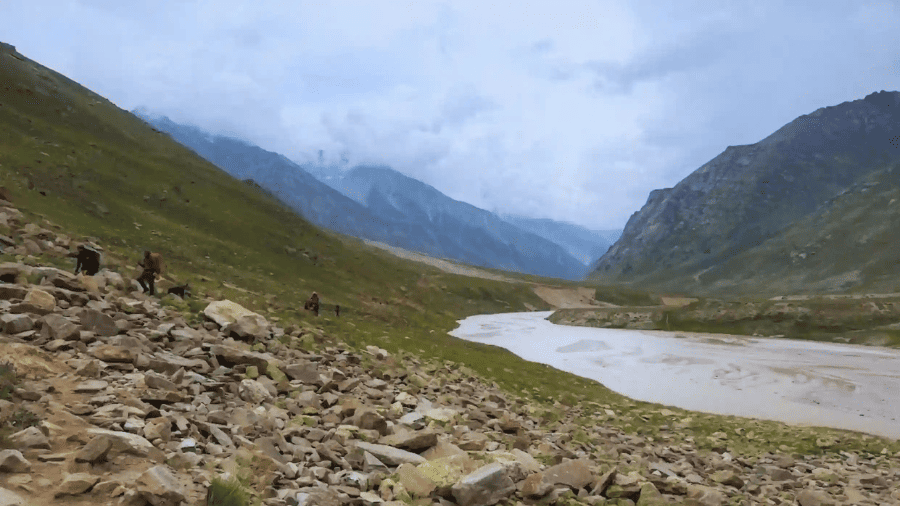
23 Dec 2025
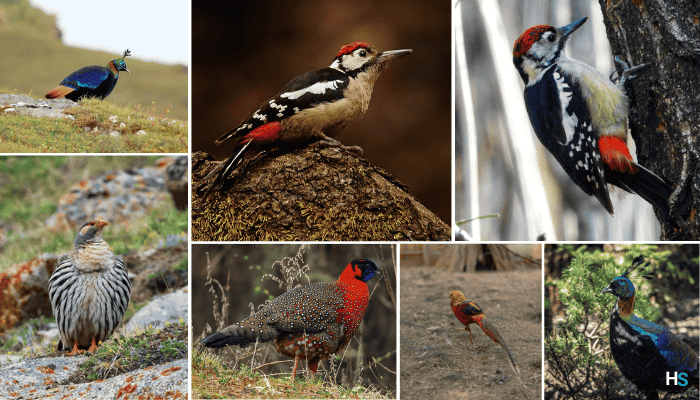
20 Dec 2025
Recommended Treks

